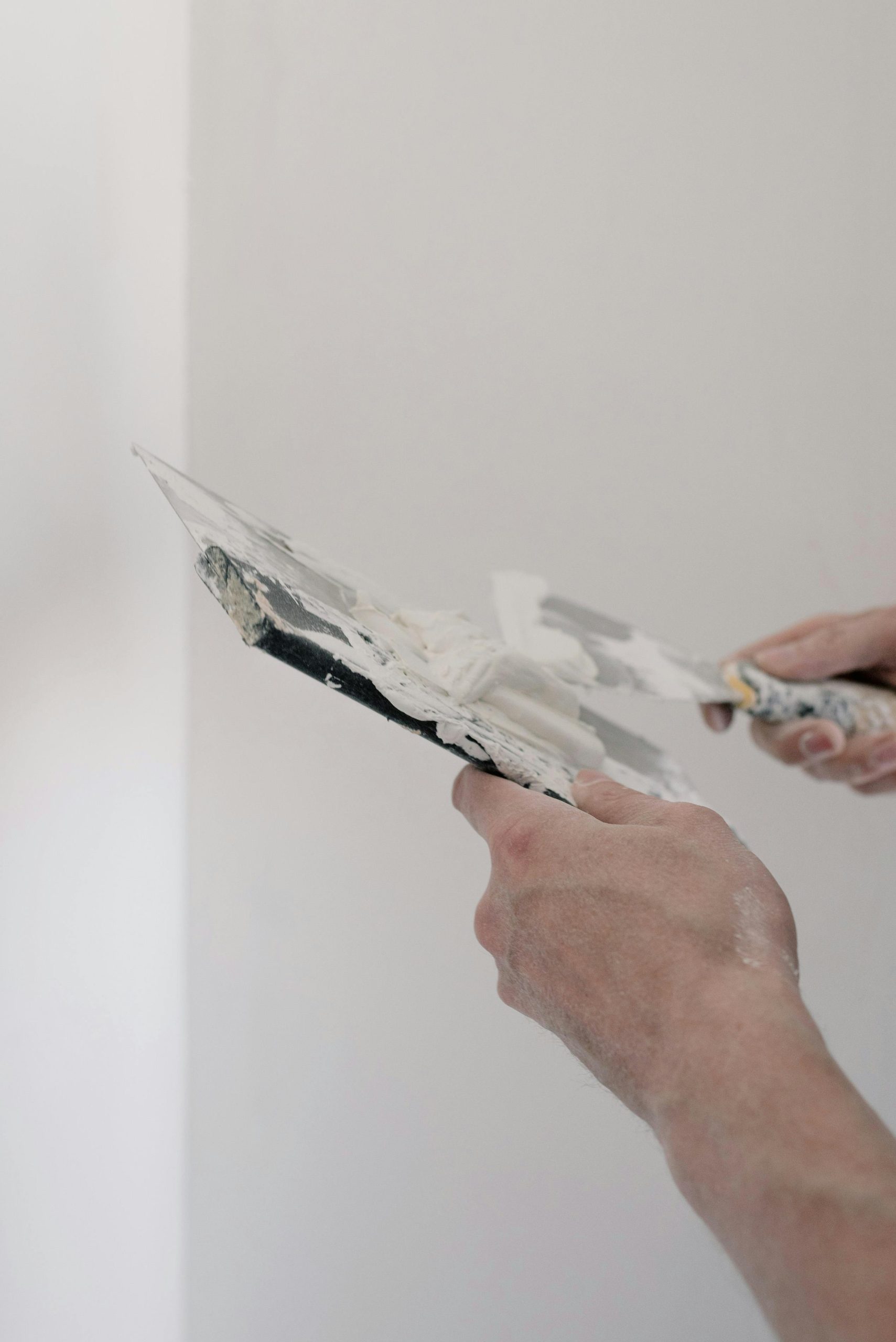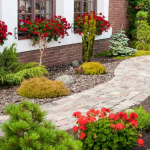Silicone top coat render offers durable protection while enhancing your home’s appearance. Its unique blend of flexibility and breathability helps prevent cracking and moisture damage. Resistant to weather conditions, this render adapts to different surfaces, ensuring lasting performance and a flawless finish. Discover how choosing silicone render can improve both aesthetics and structural integrity with straightforward application and low maintenance.
Introduction to Silicone Top Coat Render
Silicone Render is a versatile exterior wall finish recognized for its flexible, breathable, and water-repellent qualities. It plays a vital role in modern rendering systems, providing a durable, weather-resistant coating that enhances both the aesthetic and structural integrity of buildings. Silicone top coat render adds an extra protective layer, offering superior protection against environmental elements such as rain, UV rays, and pollution.
Also to discover : Effective natural remedies to deter moths from your uk wardrobe
Core features include flexibility, preventing cracking caused by building movement; breathability, allowing moisture vapor to escape and reducing damp issues; and hydrophobic qualities, which repel water, reducing staining and water ingress. These qualities make it ideal for a wide range of applications, including residential homes, commercial properties, and restoration projects of heritage buildings.
Incorporating Silicone Render into your façade not only improves longevity but also maintains the appearance over time with excellent color retention. Whether tackling new builds or refurbishments, this render system aligns with modern demands for efficiency and durability.
Also to read : Transform your dream kitchen with tunbridge wells' top fitters
Key Features and Benefits of Silicone Top Coat Render
Silicone render benefits begin with powerful waterproof exterior coatings that actively repel rain and prevent moisture ingress into walls. The core strength of silicone-based protective layers lies in their hydrophobic properties; water droplets bead off the surface, which forms a robust exterior wall moisture barrier and maintains the structure’s longevity.
These modern, durable silicone finishes also offer a standout combination of weather-resistant render systems and breathable facade protection. The balance between breathability and water resistance allows vapor permeability—supporting vapor diffusion from inside the building while shielding against driving rain. This prevents internal condensation, limiting mold and mildew risk on the building fabric.
Notably, flexible wall finishing is a hallmark of silicone render benefits. High elasticity enables the coating to withstand minor structural movements or thermal expansion, significantly reducing the likelihood of cracking and peeling. This adaptability supports seamless exterior coatings that remain effective for the lifetime of the building.
Anti-fungal render properties in durable silicone finishes further ensure resistance to algae and fungal growth, while UV resistance of silicone coatings helps maintain the vibrant appearance and minimizes color fading. These features make silicone-based protective layers especially effective for long-lasting facade restoration materials and enhancing the overall building facade aesthetic.
Application Techniques and Maintenance Tips
Surface preparation is the anchor for flawless application techniques for silicone coatings. Begin by ensuring the substrate is clean, dry, and stable. Remove any loose material and repair cracks. Primer may be required for certain wall types to encourage proper silicone render adhesion and even silicone render drying times.
For best results, apply the silicone-based protective layers using a stainless steel trowel. Employing suitable silicone coating application tools like smoothing blades helps achieve uniform coverage. Ideal temperatures are between 5°C and 30°C; avoid damp or cold days, as these slow both silicone render drying times and vapor permeability in top coats. The recommended silicone render thickness is around 1.5mm, allowing for flexibility in building movement and resistance to cracking and peeling.
Curing is simple—many modern silicone top coats do not require additional curing or painting, making the process more accessible and providing an exterior paint alternative. After application, prevent water exposure until the surface is touch-dry, which often occurs in 12-24 hours depending on humidity and temperature conditions.
Regular cleaning and care for silicone finishes involve gentle washing with water and mild detergent. Avoid abrasive brushes, as silicone coating breathability benefits could be compromised. Routine inspection to spot dirt, algae, or mechanical damage supports silicone coating longevity and keeps your building facade aesthetic sharp.
Suitability, Compatibility, and Environmental Impact
Substrate Compatibility and Preparation
Compatibility with wall substrates is essential for achieving the benefits of silicone render. Silicone-based protective layers are formulated to adhere strongly to diverse surfaces, including masonry, cement board, and insulation systems. Preparation involves ensuring the substrate is clean, stable, and free from contaminants, which optimizes adhesion and supports a flawless, durable silicone finish.
Silicone render surface preparation plays a vital role in maximizing longevity and resistance to environmental stressors. Proper preparation enables the flexible wall finishing to withstand building movement and resist cracking and peeling, essential for maintaining exterior surface sealing.
Environmental and Sustainability Benefits
The environmental benefits of silicone coatings are significant. Silicone top coat render is often lauded as an eco-friendly exterior coating, minimizing environmental impact by being non-toxic and manufactured using sustainable practices. Its breathability supports a vapor-permeable facade, aiding in moisture ingress prevention and reducing the likelihood of mold and mildew.
Using silicone render supports sustainable building materials choices, enhancing the building facade aesthetic while improving indoor air quality through effective breathable facade protection.
Longevity and Resistance to Environmental Stressors
Silicone renders deliver high performance in weatherproofing home exteriors. The resistance to cracking and peeling is enhanced by elastomeric top coat usage, maintaining waterproof exterior coatings and protecting against UV and weather damage. This prolongs the silicone coating longevity and reduces maintenance frequency, offering a durable and cost-efficient solution for both residential and commercial facades.








